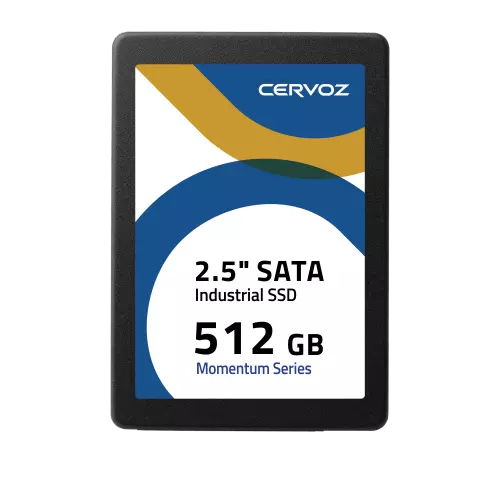Revolutionizing Cosmetic Surgery with Robotics and AI
Introduction: Revolutionizing Liposuction with Robotics and AI
Liposuction, one of the most popular cosmetic procedures globally, is undergoing a transformative shift thanks to the integration of advanced robotics and artificial intelligence (AI). These technological advancements are setting new standards for precision, safety, and outcomes in cosmetic surgery. As robotics and AI become more prevalent in medical applications, their impact on liposuction techniques offers exciting possibilities for both practitioners and patients, promising enhancements that could redefine the procedural landscape.
The Role of Robotics in Liposuction
Enhanced Precision: Robotic systems in liposuction improve the precision of fat removal by allowing surgeons to manipulate instruments with greater accuracy than is possible with the human hand alone. These systems can minimize surrounding tissue damage and preserve vital structures, leading to more refined body contouring and reduced complications.
Consistency in Results: Robots can replicate exact movements consistently, which is particularly beneficial in procedures like liposuction where uniformity and symmetry are crucial. This consistency helps in achieving aesthetically pleasing and balanced results for patients.
Integrating AI in Liposuction Procedures
Preoperative Planning: AI excels in analyzing data to plan surgeries with high precision. By assessing preoperative scans, AI algorithms can help in mapping out the areas for fat removal, predicting the outcomes, and even suggesting the optimal amount of fat extraction to avoid irregularities.
Intraoperative Assistance: During liposuction, AI can provide real-time data analysis, assisting surgeons in making informed decisions about technique and progress. For example, AI systems can monitor the amount of fat removed and alert the surgeon if a certain threshold is approached to prevent overcorrection.
Safety Enhancements Through Technology
Reduced Human Error: The use of robotics and AI in liposuction reduces the risk associated with human error. Robotic systems do not tire, and their precision is not affected by factors like surgeon fatigue, potentially lowering the risk of complications such as uneven fat removal or excessive bleeding.
Faster Recovery Times: With more precise and less invasive techniques facilitated by robotics and AI, patients can enjoy faster recovery times. Less tissue trauma means fewer postoperative complications and quicker healing, enhancing the overall patient experience.
Ethical and Practical Considerations
While the benefits of robotics and AI in liposuction are significant, there are also important considerations to address:
- Cost of Implementation: The high cost of robotic systems may lead to higher procedure costs for patients.
- Training and Adaptation: Surgeons must undergo specific training to effectively use these advanced technologies.
- Patient Accessibility: Increased procedure costs could limit accessibility for some patients, potentially widening the gap in healthcare equity.
Conclusion: Shaping the Future of Cosmetic Surgery
The integration of robotics and AI is not just enhancing liposuction; it is revolutionizing the field of cosmetic surgery. As these technologies continue to evolve, they promise to deliver higher precision, improved safety, and better outcomes, making liposuction a safer, quicker, and more satisfying experience for patients. Moreover, the ongoing advancements in robotics and AI are paving the way for innovative approaches that could one day make liposuction an even more effective and universally accessible procedure. This technological evolution represents a significant step forward in marrying the art of cosmetic surgery with the precision of advanced engineering, potentially setting new standards for the entire field.






